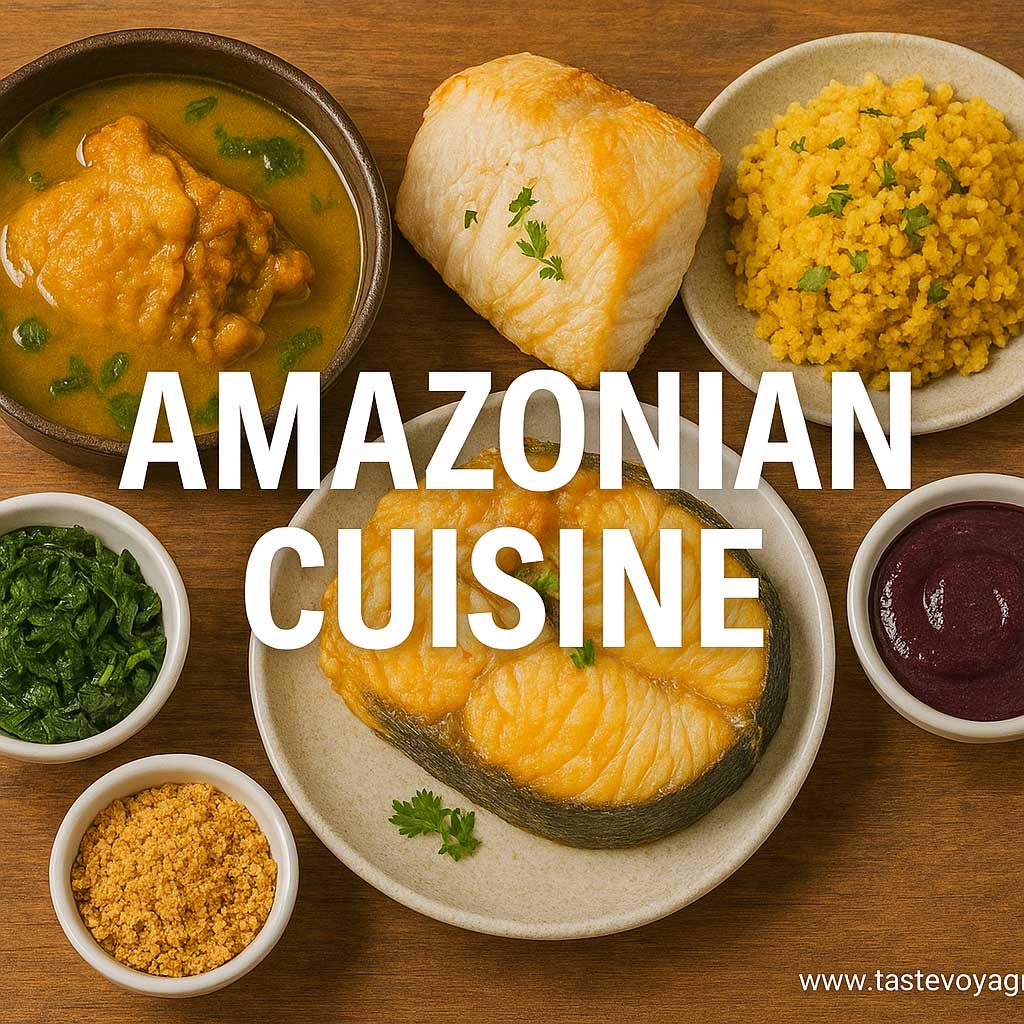Tucunaré Recipe: Delicious Amazon Peacock Bass Guide
Travel the World Through Food >> Amazonian Cuisine>>Brazilian Cuisine>> Tucunaré Recipe: Delicious Amazon Peacock Bass Guide
Tucunaré Recipe: Delicious Amazon Peacock Bass Guide
Discovering the Rich Heritage of Tucunaré: The Amazon Peacock Bass
The Amazon rainforest is a treasure trove of vibrant wildlife and diverse ecosystems. Among its many wonders, the Tucunaré, also known as the Amazon Peacock Bass, stands out not only as a prized catch for anglers but also as a beloved ingredient in regional cuisine. This fish embodies a deep connection to the cultural and culinary traditions of the Amazon basin. Exploring the significance of Tucunaré reveals more than just its flavors—it showcases a heritage rooted in the natural beauty and resourcefulness of the region.
The Cultural Significance of Tucunaré in Amazonian Communities
For many communities along the Amazon River and its tributaries, Tucunaré holds a special place in daily life. Its presence symbolizes a sustainable relationship between humans and nature, emphasizing respect, tradition, and shared history. It plays a vital role in local festivities, storytelling, and community gathering. The fish is often caught during traditional fishing practices, which have been passed down through generations, fostering a sense of continuity and cultural identity.
In Amazonian culture, fishing for Tucunaré is more than a means of sustenance; it’s a ritual that celebrates patience, skill, and harmony with nature. The fish is admired for its vibrant colors and energetic behavior, inspiring stories and folk tales that enrich the cultural fabric of the region. As a result, Tucunaré is respected not just as food but as a symbol of the vitality and resilience of Amazonian life.
Culinary Significance and Regional Delights
Culinarily, Tucunaré is renowned for its firm texture and delicate flavor, which make it a favorite among chefs and food enthusiasts alike. Its versatility allows it to be prepared in a variety of ways, from grilled fillets to stews, each highlighting its natural taste. In local markets, fresh Tucunaré is a prized ingredient, often featured in traditional dishes that are enjoyed during celebrations and everyday meals.
The preparation of Tucunaré showcases the region’s culinary ingenuity. Local recipes emphasize simplicity to accentuate the fish’s natural qualities, often combined with fresh herbs, tropical fruits, and regional spices. This culinary approach underscores an appreciation for fresh, minimally processed ingredients that reflect the Amazon’s abundant biodiversity.
Moreover, Tucunaré has gained recognition beyond the Amazon, appreciated for its culinary qualities and the story it tells about Amazonian culture. Its presence on menus in regions outside the rainforest introduces diners to a unique flavor profile rooted in a rich cultural tradition. This exchange fosters a deeper understanding and respect for the diverse culinary landscape of the Amazon.
The Beauty of Preserving and Celebrating This Tradition
Celebrating the Tucunaré as a culinary icon highlights the importance of preserving regional food traditions and sustainable practices. Respecting the fish’s role in Amazonian culture encourages responsible fishing and environmental stewardship. By valuing the cultural heritage embedded in its preparation and consumption, communities can ensure that future generations continue to enjoy this remarkable fish.
In summary, Tucunaré is more than just a delicious fish—it’s a symbol of Amazonian culture, tradition, and sustainable living. Its culinary significance enriches regional gastronomy and offers a window into the vibrant life of the rainforest. Embracing the story behind this fish invites us all to appreciate the natural beauty and cultural richness that it represents.
Embrace the Amazon’s Bounty
The Tucunaré embodies the spirit of the Amazon—vibrant, resilient, and full of life. Its cultural and culinary value makes it a true gem of the region. Whether enjoyed in traditional dishes or appreciated for its natural beauty, the Amazon Peacock Bass remains a celebrated part of the Amazon’s rich heritage. Exploring this fish means immersing yourself in a world of vibrant traditions and flavors that continue to thrive along the mighty rivers of the rainforest.
